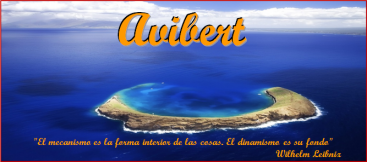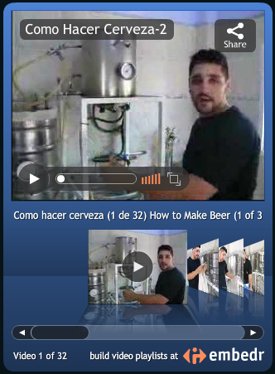Citations:
J. Phys. Chem. B 122, 9, 2587-2599
Water is an extensively self-associated liquid due to its extensive hydrogen bond (H-bond) forming ability. The resulting H-bonded network fluid exhibits nearly continuous absorption of light from the terahertz to the near-IR region.
The relatively weak bend+libration water combination band (centered at 2130 cm–1) has been largely overlooked as a reporter of liquid water’s structure and dynamics despite its location in a convenient region of the IR for spectroscopic study. The intermolecular nature of the combination band leads to a unique absorption signal that reports collectively on the rigidity of the H-bonding network in the presence of many different solutes. This study reports comprehensively how the combination band acts as an intrinsic and collective probe in various chemically and biologically relevant solutions, including salts of varying character, denaturants, osmolytes, crowders, and surfactants that form reverse micelles and micelles. While we remark on changes in the line width and intensity of this combination band, we mainly focus on the frequency and how the frequency reports on the collective H-bonding network of liquid water.
We also comment on the “association band” moniker often applied to this band and how to evaluate discrete features in this spectral region that sometimes appear in the IR spectra of specific kinds of aqueous samples of organic solutes, especially those with very high solute concentrations, with the conclusion that most of these discrete spectral features come exclusively from the solutes and do not report on the water. Contrasts are drawn throughout this work between the collective and delocalized reporting ability of the combination band and the response of more site-specific vibrations like the much-investigated OD stretch of HDO in H2O: the combination band is a unique reporter of H-bonding structure and dynamics and fundamentally different than any local mode probe.
Since this band appears as the spectroscopic “background” for many local-mode reporter groups, we note the possibility of observing both local and collective solvent dynamics at the same time in this spectral region.
Fuente:
ACS Publications














































